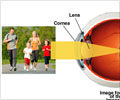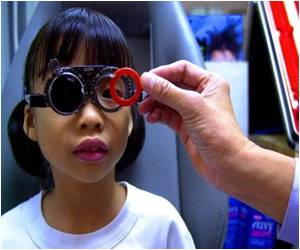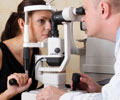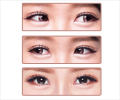Higher exposure to ultraviolet B (UVB) between ages 14 and 29 years can reduce the odds of developing myopia or nearsightedness in adulthood.

‘Increased ultraviolet B (UVB) exposure between ages 14 and 29 years reduced the risk of nearsightedness in adulthood.’





For the study, the research team from the London School of Hygiene and Tropical Medicine in Britain, examined the association of myopia with UVB radiation, serum vitamin D concentrations, and vitamin D pathway genetic variants, adjusting for years in education in 371 participants with myopia and 2,797 without. The results showed that those in the years of education had twice the odds of myopia. Although exposure to sunlight increases vitamin D levels, it did not correlate with nearsightedness.
No independent associations between myopia and serum vitamin D3 concentrations or variants in genes associated with vitamin D metabolism were found, the researchers said.
In contrast, those who had the highest blood levels of lutein -- a nutrient found in leafy vegetables -- had nearly half the risk of myopia compared with those with the lowest levels.
"The association between UVB, education, and myopia remained even after respective adjustment. This suggests that the high rate of myopia associated with educational attainment is not solely mediated by lack of time outdoors," said Astrid E. Fletcher from the London School of Hygiene and Tropical Medicine.
Advertisement
The study is published in the journal JAMA Ophthalmology.
Advertisement












